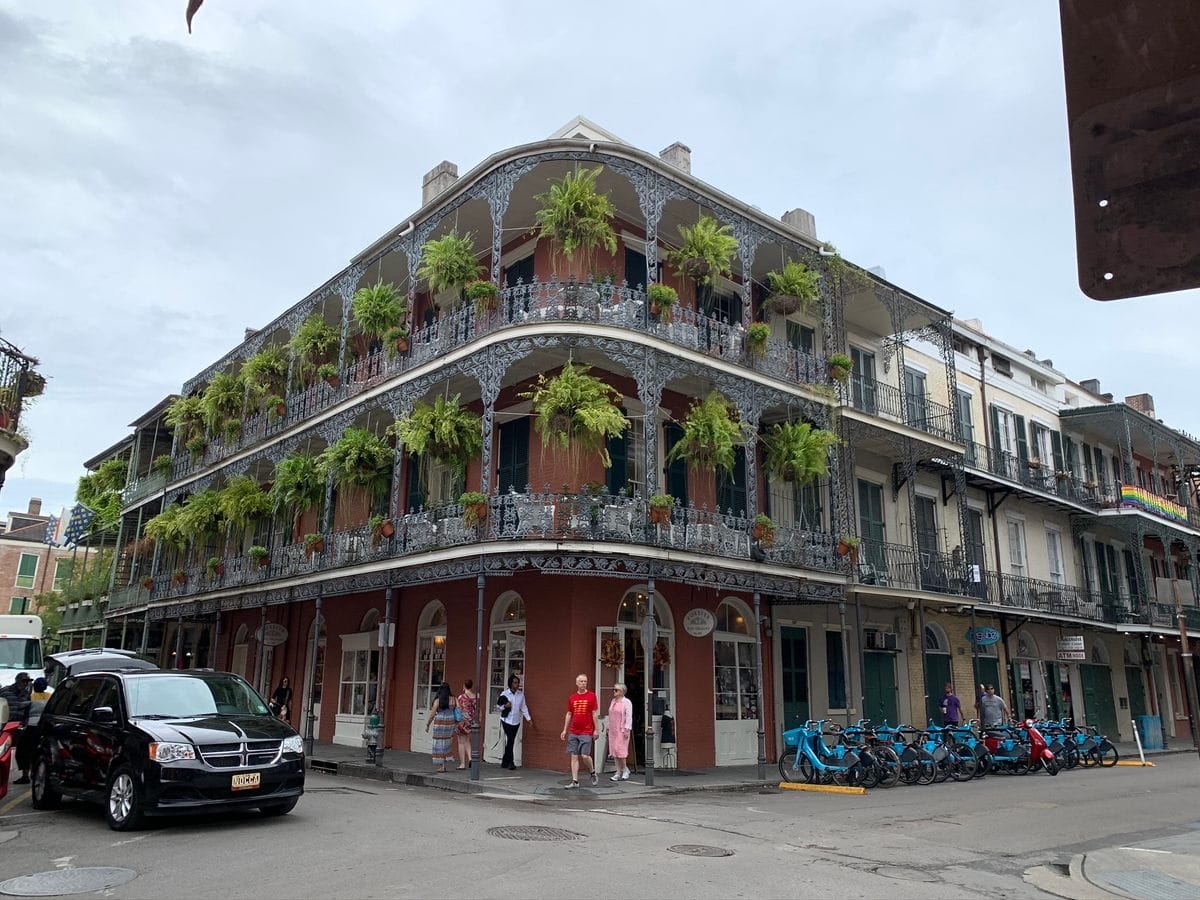Did you know about Madame Delphine Lalaurie, whose cruelty and inhumanity has made her one of history’s most notorious and monstrous women? Her story, shrouded in mystery and fueled by rumor, continues to fascinate and horrify nearly two centuries later. This article delves into the life of this infamous figure, exploring the documented atrocities, the societal context that allowed them to occur, and the enduring questions that still surround her escape from justice. Would you like to know how to use “lavarse“, a Spanish verb, in its different forms? Click on the links to learn more.
Delphine Lalaurie: From Socialite to Savage
Born Delphine Macarty (or MacCarthy) on March 19, 1787, into a wealthy, white Creole family in New Orleans, Lalaurie enjoyed a privileged upbringing. Her social standing was further elevated through three marriages, first to a Spanish royal officer, then a prominent banker, and finally, a respected physician, Dr. Leonard Louis Lalaurie. This seemingly idyllic life, however, masked a dark secret that would eventually come to light in the most horrific way. In 1831, the Lalauries purchased a grand mansion at 1140 Royal Street, a property that would become infamous as the site of unspeakable cruelty.
The Horrors Unveiled: The 1834 Fire
While whispers of mistreatment circulated among the enslaved community, Lalaurie’s social standing protected her from scrutiny. Then, on April 10, 1834, a fire broke out in the mansion’s kitchen, possibly started by a 70-year-old cook chained to the stove. When rescuers arrived, they discovered a scene of unimaginable horror in the attic. Enslaved people were found chained, bound, and mutilated, bearing the marks of brutal torture. Some were restrained in painful positions, while others showed evidence of crude surgical experiments. This discovery shattered the façade of respectability surrounding Lalaurie and exposed her depravity to the world.
Lalaurie’s Crimes: A Descent into Depravity
The extent of Lalaurie’s crimes may never be fully known. Documented accounts include torture, mutilation, starvation, and likely murder. Some enslaved people were found wearing spiked iron collars, their limbs twisted into unnatural positions, suggesting prolonged and deliberate torment. Others displayed evidence of crude surgical attempts, possibly indicating a grotesque fascination with human anatomy. While some accounts suggest even more sinister practices, such as voodoo rituals and cannibalism, these claims remain unverified. Regardless of the exact details, the confirmed accounts of torture and abuse are more than enough to solidify Lalaurie’s place in history as a symbol of inhumanity.
Escaping Justice: A Flight Shrouded in Mystery
As news of the horrors spread, a mob descended upon the Lalaurie mansion, fueled by rage and disgust. Lalaurie, however, managed to escape. Accounts suggest a hurried departure by carriage, possibly with the aid of allies or bribed officials. She likely made her way to Lake Pontchartrain and boarded a schooner, perhaps bound for Mobile, Alabama, and ultimately, France. Details of her escape and subsequent life remain shrouded in mystery. Limited documentation fuels speculation and hinders a complete understanding of how she evaded accountability. Did she leverage her wealth and connections? Did she benefit from the chaos of the riot? These questions continue to intrigue historians.
The Savage Mistress: Legacy and Lingering Questions
The Lalaurie mansion still stands on Royal Street, a grim reminder of the darkness that once resided within. It’s a popular stop on ghost tours, its history woven into the fabric of New Orleans’ haunted lore. But beyond the ghost stories and sensationalized accounts, the story of Madame Lalaurie serves as a chilling reminder of a brutal chapter in American history. It highlights the horrors of slavery, the unchecked power wielded by the wealthy elite, and the complexities of human behavior.
Several key questions remain unanswered: What motivated Lalaurie’s extreme cruelty? Was she merely a sadist, or did other factors, such as potential mental illness, contribute to her actions? How did she manage to escape justice so completely? And what was her life like after fleeing New Orleans? Ongoing research continues to explore these questions, seeking to separate fact from fiction and shed light on this dark chapter of New Orleans’ past.
Unanswered Questions and Ongoing Research
While historical accounts offer glimpses into Lalaurie’s life and crimes, much remains unknown. The chaos that followed the fire likely destroyed evidence, and the passage of time has blurred the lines between fact and legend. Ongoing research strives to uncover more details, examining primary sources and challenging the sensationalized narratives that have emerged over the years. This continued exploration may one day provide definitive answers to the many lingering questions surrounding Madame Lalaurie and her horrific reign of terror. It’s crucial to approach this story with a degree of caution, acknowledging the limitations of our current knowledge and remaining open to new evidence and interpretations.
This deeper exploration aims to provide a more nuanced and accurate portrayal of the Lalaurie story, moving beyond the sensationalism and focusing on the historical context, the victims, and the enduring questions that remain. By examining this dark chapter of New Orleans’ history, we can gain a better understanding of the complexities of human behavior and the lasting impact of slavery on American society.
- Revolution Space: Disruptive Ion Propulsion Transforming Satellites - April 24, 2025
- Race Through Space: Fun Family Game for Kids - April 24, 2025
- Unlocking the Universe: reading about stars 6th grade Guide - April 24, 2025

















2 thoughts on “Madame Lalaurie: Unmasking the Savage Mistress of New Orleans”
Comments are closed.